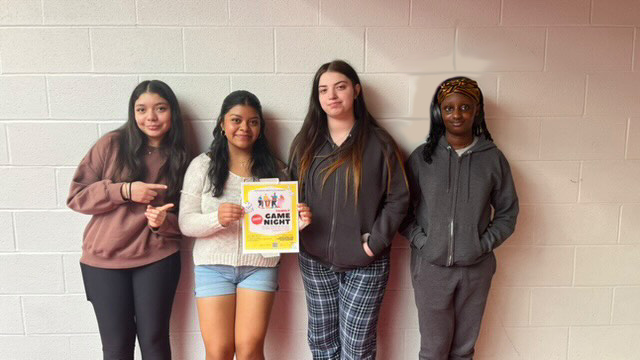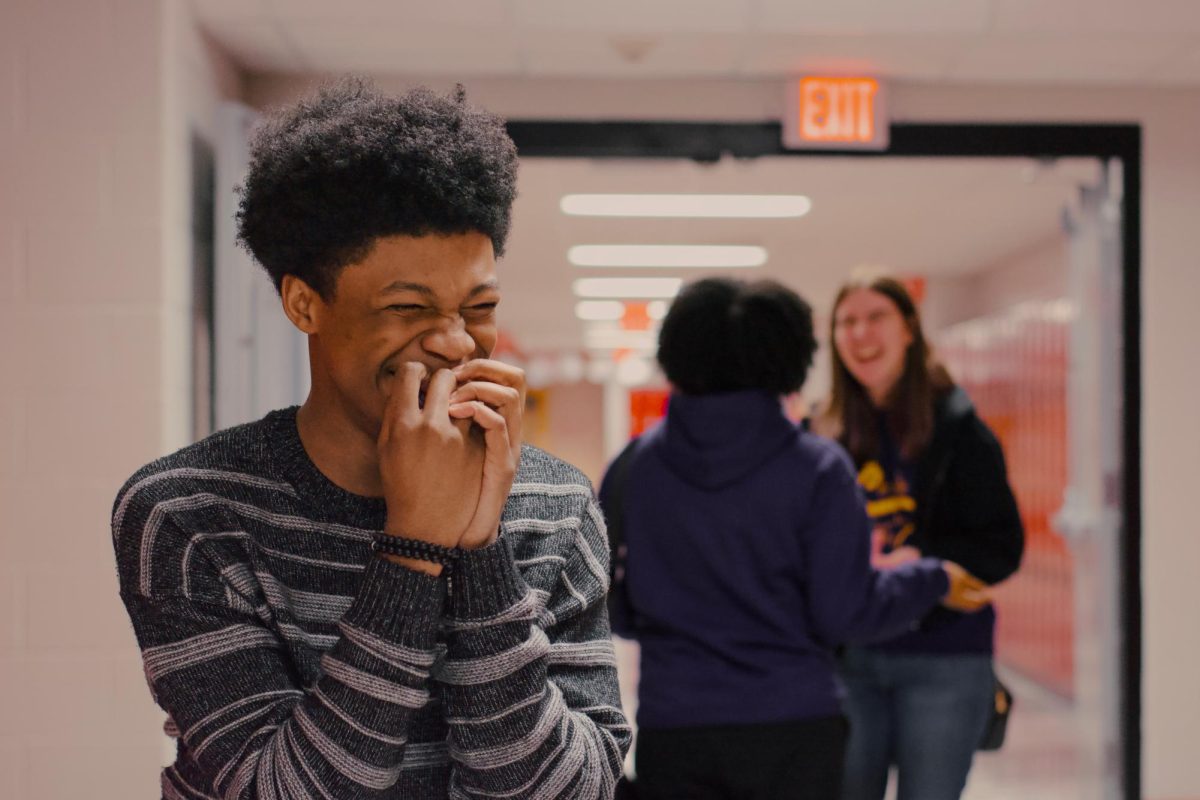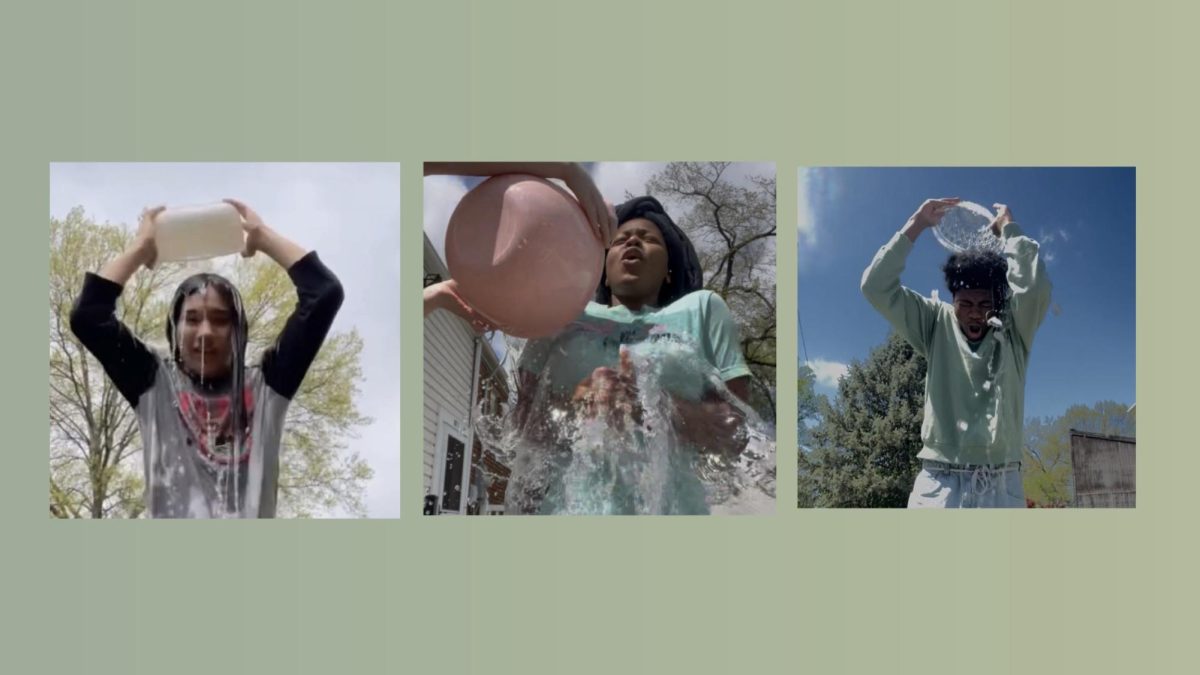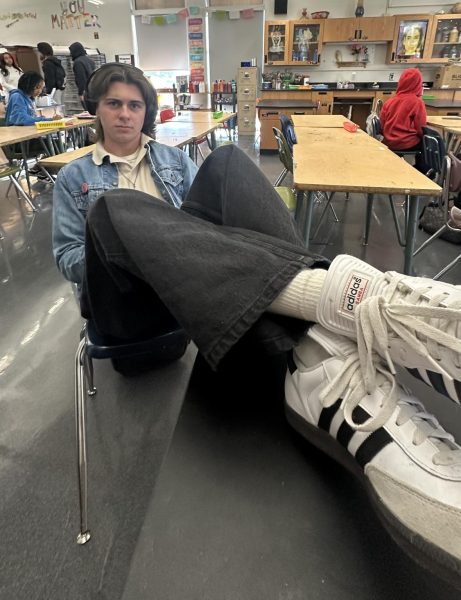Hazelwood School District’s current cold weather policy currently states only two guidelines for when it comes to cold weather, “Temperature: (Including wind chill) below 20 degrees – children should stay inside. During cold weather, improperly clothed children should not be allowed outside for recess or PE”. The current guidelines are problematic and pose many questions for students and parents alike.
Many students are unclear if the use of the word ‘child’ mentioned in the official policy means all students or just certain age groups. Furthermore, there is an absence of policy on after school activities, sports and transportation in the mornings. In Title XI in Missouri’s Education and Libraries, the stated temperature in which school is to be canceled is -20 degrees. -20 degrees is a seemingly unreasonably low temperature we have to reach in order to cancel school, making kids have to sit out and wait for buses in negative temperatures and when it gets that low. (Cold weather Policy)
What should the district set the minimum temperature to?
Minimal temperatures being a difficult marker to draw a hard line on, Hazelwood administration would have to make very conscious and evidence-based decisions. Not wanting to set the minimum too warm because there would be many unnecessary days called off, but also not wanting to put students, especially young kids, at risk of the dangers of the cold.
I believe the temperature should be set to -5 degrees Fahrenheit by 6 a.m., at this degree students are put at risk to close to. Setting the minimum to -5 also allows for protection and ensures that Hazelwood doesn’t exceed the allotted days off for inclement weather, as for -5 degrees has only happened in St. Louis one time in the last 20 years according to the Climatological data for St. Louis (National Weather Service).
At -5, students and young people are usually safe for short times as long as proper attire is worn. Times Magazine advises attire such as thick winter coats, longer pants, hats, gloves, and scarves to avoid danger in severe weather (TIME). However, prolonged exposure to temperatures this low can risk hypothermia and exposed parts of the body can be subject to frostbite (Walden University). While there is still danger posed by these lower temperatures, they can be combated with proper attire and can be much safer than the current standards.
In addition to this change, Hazelwood Administration should also change the current guidelines to have more direct and clear wording, changing the word “child” to” all students” and specifying them by age groups and grades. Hazelwood Administration should also expand upon the guidelines to include sports, extracurricular activities and meetings.





























